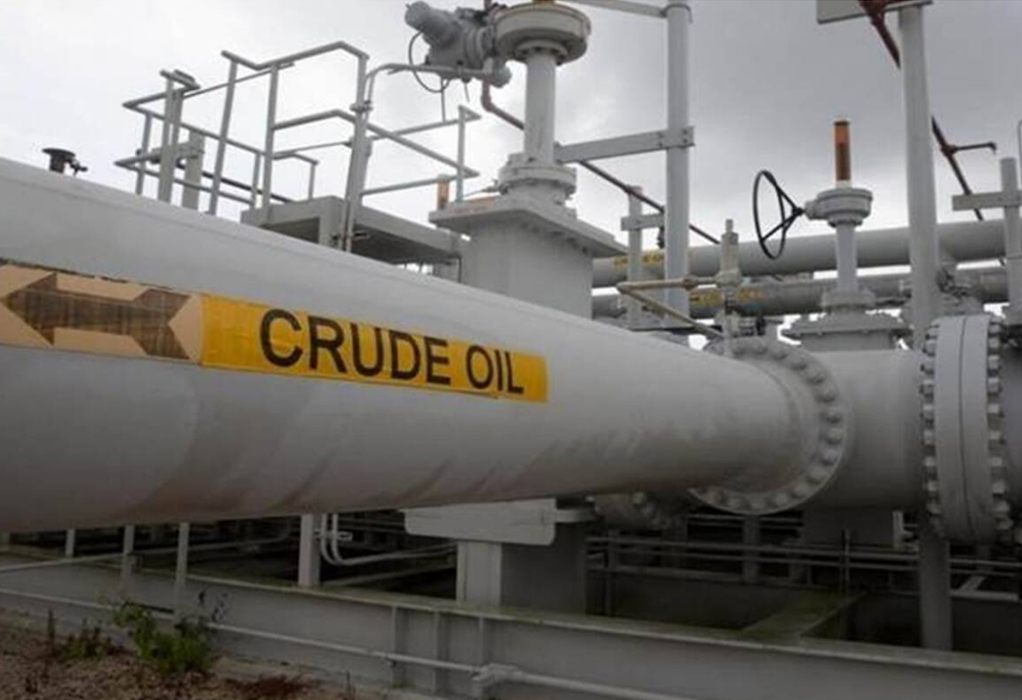India now depends on Russia for 40% of its crude oil imports, according to new analysis from shipping organisation BIMCO, something that has had a notable impact on the aframax and suezmax trades in particular.
The increased import of Russian oil has contributed to a higher average sailing distance for crude oil tankers discharging in India. Year-to-date, the average sailing distance has risen by 10%, resulting in an 8% increase in total tonne miles despite a 2% fall in volumes. Compared to 2021, the average sailing distance is up 25%, the BIMCO data shows.
India used to buy nearly 70% of its seaborne crude oil from countries in the Persian Gulf. However, the increase from Russia has reduced those volumes and India now imports only 45% from the region. Instead, the region has increased exports to Europe.
The shift in buying patterns has also had a significant impact on the ships carrying the crude oil.
Aframax and suezmax crude tankers carry nearly all of the crude oil from Russia to India. Combined, the two ship types now carry 55% of Indian crude oil imports compared to 45% in 2021, whereas VLCCs carry less.
This has also had an impact on the age of ships discharging in India. Ships that still cater to Russia’s exports tend to be older than the average. Consequently, ships discharging in India are now on average four years older than in 2021 and the share of ships older than 20 years has increased from 2% to 13%.
Tags: Crude Oil, Imports, India, Russia



Recent Posts
IMI Greater Noida Signs MoU with IME (I) to Launch A New Student Chapter
GCMD Completes World’s First Pilot Demonstrating Full Carbon Value Chain from Ship-Captured CO2 in China
NH3 Clean Energy Raises $710,000 to Advance WAH2 Clean Ammonia Project
Coventry University Collaborates with Indian Institutions to Advance Hydrogen Fuel Cell Education
Magenta Mobility partners with MOVER to power sustainable last-mile deliveries across India
Union Home Minister Amit Shah Visits Greenzo Energy’s Green Hydrogen Facility in Sanand
Godrej Enterprises Group (GEG) powers India’s smart, sustainable logistics future
Delhi Expands Electric Bus Fleet with Launch of 100 New DEVi Buses to Boost Green Mobility